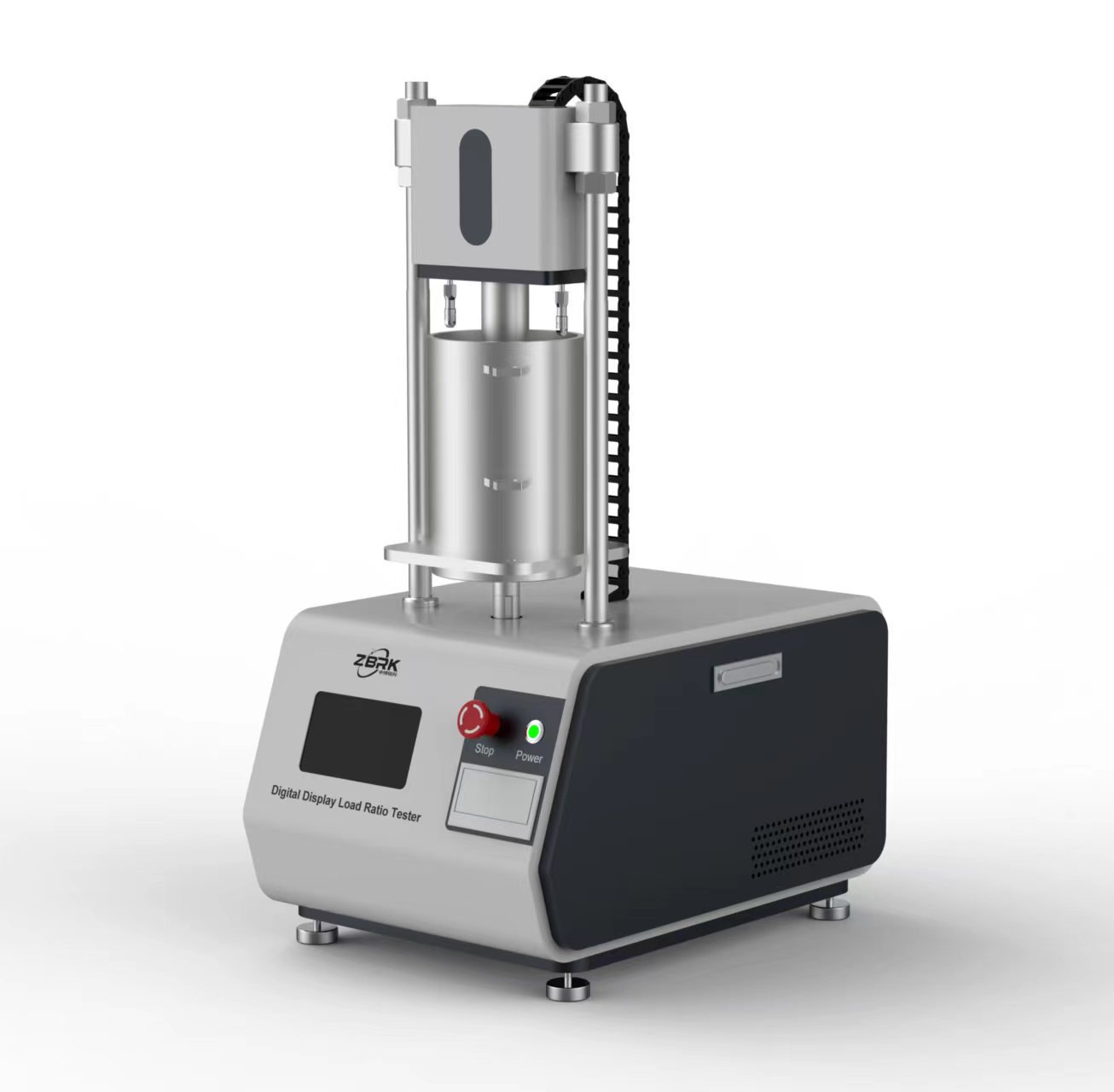The 100N~10kN (1 ton) electronic universal testing machine CMT1000 series is mainly used for testing and analyzing the mechanical properties of metal and non-metallic materials such as tension, compression, bending, etc. It can automatically obtain test parameters such as ReH, ReL, Rp0.2, Fm, Rt0.5, Rt0.6, Rt0.65, Rt0.7, Rm, E, etc. It can also conduct tests and provide data according to international standards such as GB, ISO, DIN, ASTM, JIS, etc.
This machine adopts CSS electronic system control. The zero time waiting control task provided by the CSS electronic system can provide customers with more guaranteed auxiliary protection functions, perfect legal operation full process tracking function for complex material testing, and simple, tidy, and firmly connected interface components to ensure long-term stable and reliable equipment operation.
Equipment parameters:
Equipment name: Double column desktop electronic universal testing machine
Equipment specification and model CMT1000 series
CMT1102, CMT1202, CMT1502, CMT1103, CMT1203, CMT1503, CMT1104
Maximum test force 100N, 200N, 500N, 1kN, 2kN, 5kN, 10kN
Accuracy level 0.5
Load parameter test force measurement range 0.4%~100% FS (full scale)
Test force indication error within ± 0.5% of the indicated value
Test force resolution: ± 1/300000 of the maximum test force, without dividing the entire process, and the resolution remains unchanged throughout the entire process
Large deformation parameters, large deformation measurement range 10~600mm
Large deformation indication error within ± 1% of the indication value
Large deformation measurement resolution 0.008mm
Displacement parameter displacement indication error within ± 0.2% of the indication value
Displacement resolution 0.015 μ M
Control parameter force control rate adjustment range 0.005~5% FS/s
When the force control rate control accuracy rate is less than 0.05% FS/s, it is within ± 2% of the set value, and when the rate is ≥ 0.05% FS/s, it is within ± 0.5% of the set value;
Deformation rate adjustment range 0.005~5% FS/s
When the deformation rate control accuracy rate is less than 0.05% FS/s, it is within ± 2% of the set value, and when the rate is ≥ 0.05% FS/s, it is within ± 0.5% of the set value;
Test bench speed adjustment range: 0.001~500mm/min
The speed control accuracy of the test bench is within ± 0.2% of the set value
Constant force, constant deformation, and constant displacement control range 0.5% to 100% FS
When the set value of constant force, constant deformation, and constant displacement control accuracy is ≥ 10% FS, it is within ± 0.5% of the set value; when the set value is<10% FS, it is within ± 1% of the set value
Main machine parameters, overall size 570mm × 390mm × 1400mm
Effective stretching space (including stretching fixture) 650mm
Effective compression space (including stretching fixture) 800mm
Maximum distance of beam movement 900mm
Effective test width 350mm
Power supply 220V/50Hz, ± 10%
Power 400W
Host weight 70Kg
The 100N~10kN (1 ton) electronic universal testing machine CMT1000 series is mainly used for testing and analyzing the mechanical properties of metal and non-metallic materials such as tension, compression, bending, etc. It can automatically obtain test parameters such as ReH, ReL, Rp0.2, Fm, Rt0.5, Rt0.6, Rt0.65, Rt0.7, Rm, E, etc. It can also conduct tests and provide data according to international standards such as GB, ISO, DIN, ASTM, JIS, etc.
This machine adopts CSS electronic system control. The zero time waiting control task provided by the CSS electronic system can provide customers with more guaranteed auxiliary protection functions, perfect legal operation full process tracking function for complex material testing, and simple, tidy, and firmly connected interface components to ensure long-term stable and reliable equipment operation.
Equipment parameters:
Equipment name: Double column desktop electronic universal testing machine
Equipment specification and model CMT1000 series
CMT1102, CMT1202, CMT1502, CMT1103, CMT1203, CMT1503, CMT1104
Maximum test force 100N, 200N, 500N, 1kN, 2kN, 5kN, 10kN
Accuracy level 0.5
Load parameter test force measurement range 0.4%~100% FS (full scale)
Test force indication error within ± 0.5% of the indicated value
Test force resolution: ± 1/300000 of the maximum test force, without dividing the entire process, and the resolution remains unchanged throughout the entire process
Large deformation parameters, large deformation measurement range 10~600mm
Large deformation indication error within ± 1% of the indication value
Large deformation measurement resolution 0.008mm
Displacement parameter displacement indication error within ± 0.2% of the indication value
Displacement resolution 0.015 μ M
Control parameter force control rate adjustment range 0.005~5% FS/s
When the force control rate control accuracy rate is less than 0.05% FS/s, it is within ± 2% of the set value, and when the rate is ≥ 0.05% FS/s, it is within ± 0.5% of the set value;
Deformation rate adjustment range 0.005~5% FS/s
When the deformation rate control accuracy rate is less than 0.05% FS/s, it is within ± 2% of the set value, and when the rate is ≥ 0.05% FS/s, it is within ± 0.5% of the set value;
Test bench speed adjustment range: 0.001~500mm/min
The speed control accuracy of the test bench is within ± 0.2% of the set value
Constant force, constant deformation, and constant displacement control range 0.5% to 100% FS
When the set value of constant force, constant deformation, and constant displacement control accuracy is ≥ 10% FS, it is within ± 0.5% of the set value; when the set value is<10% FS, it is within ± 1% of the set value
Main machine parameters, overall size 570mm × 390mm × 1400mm
Effective stretching space (including stretching fixture) 650mm
Effective pressure


